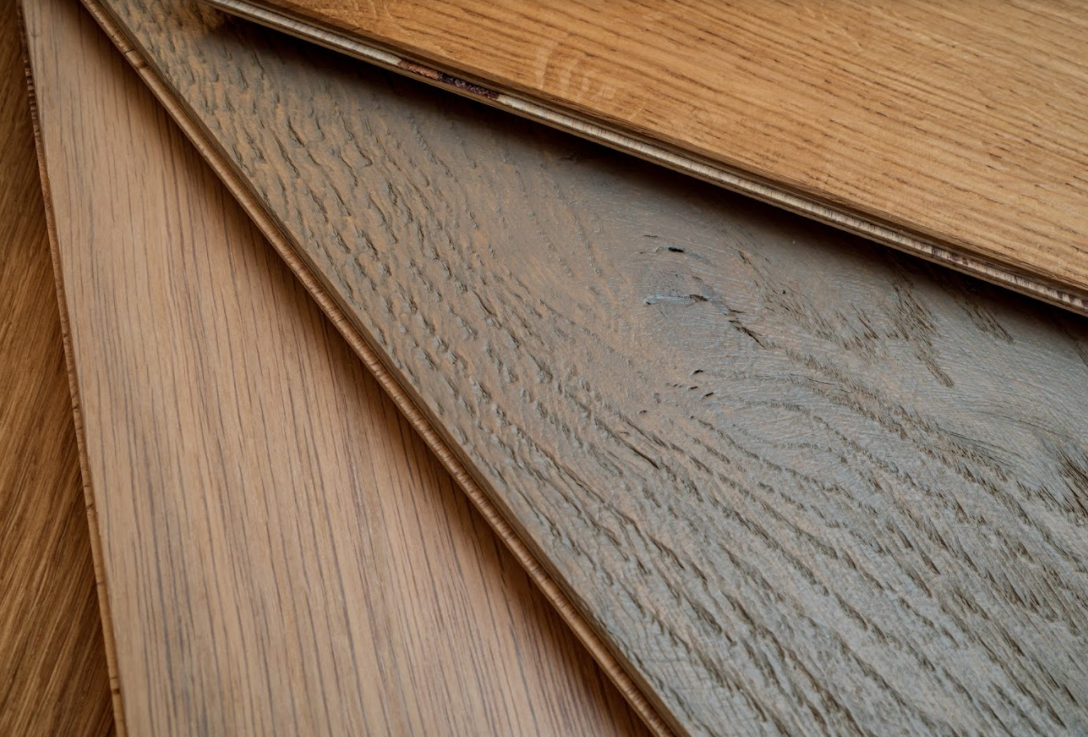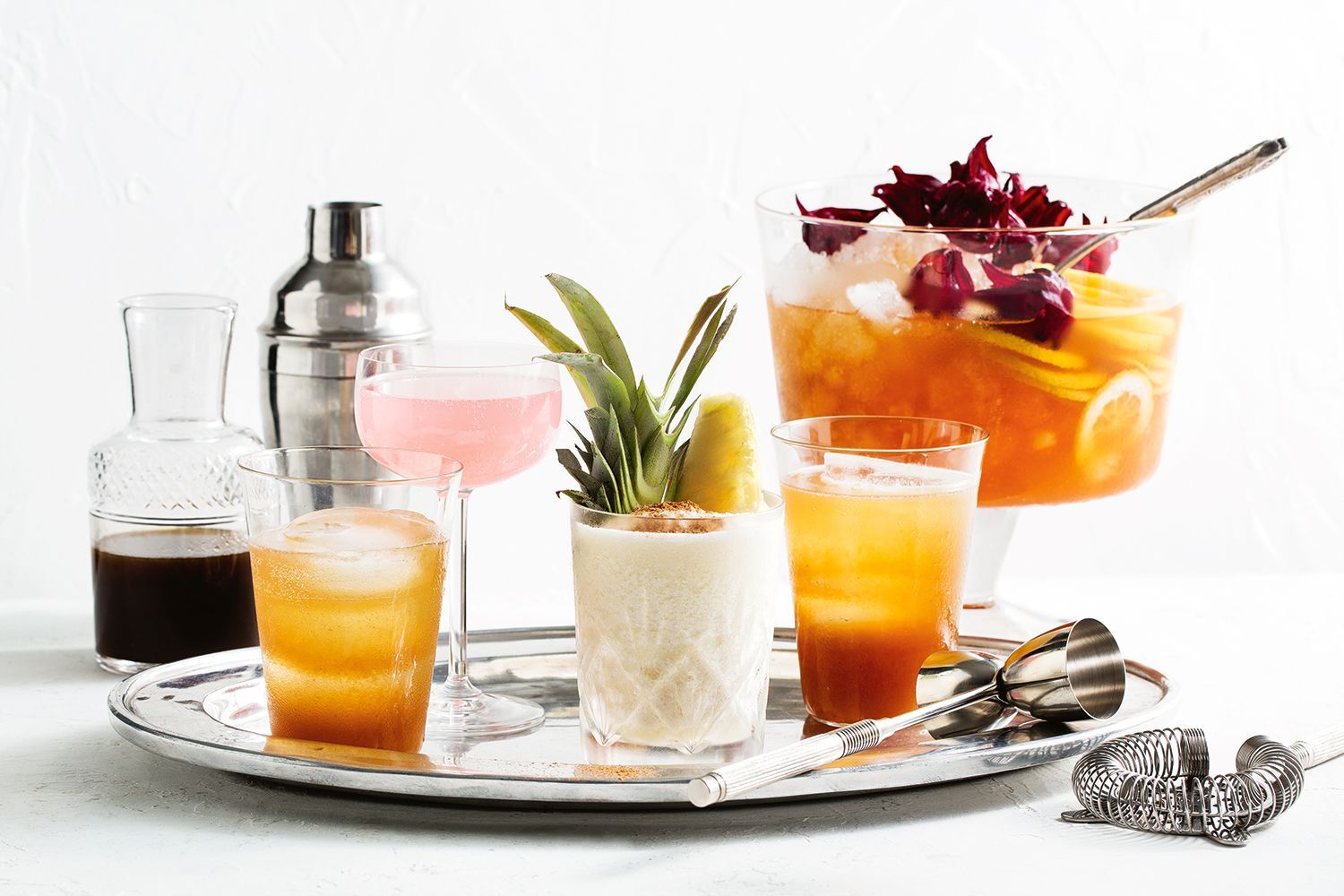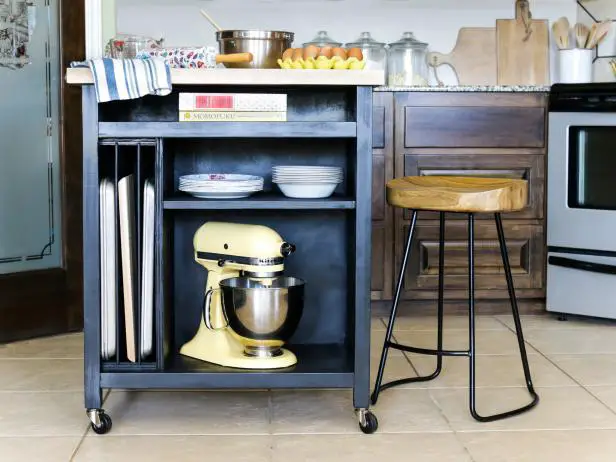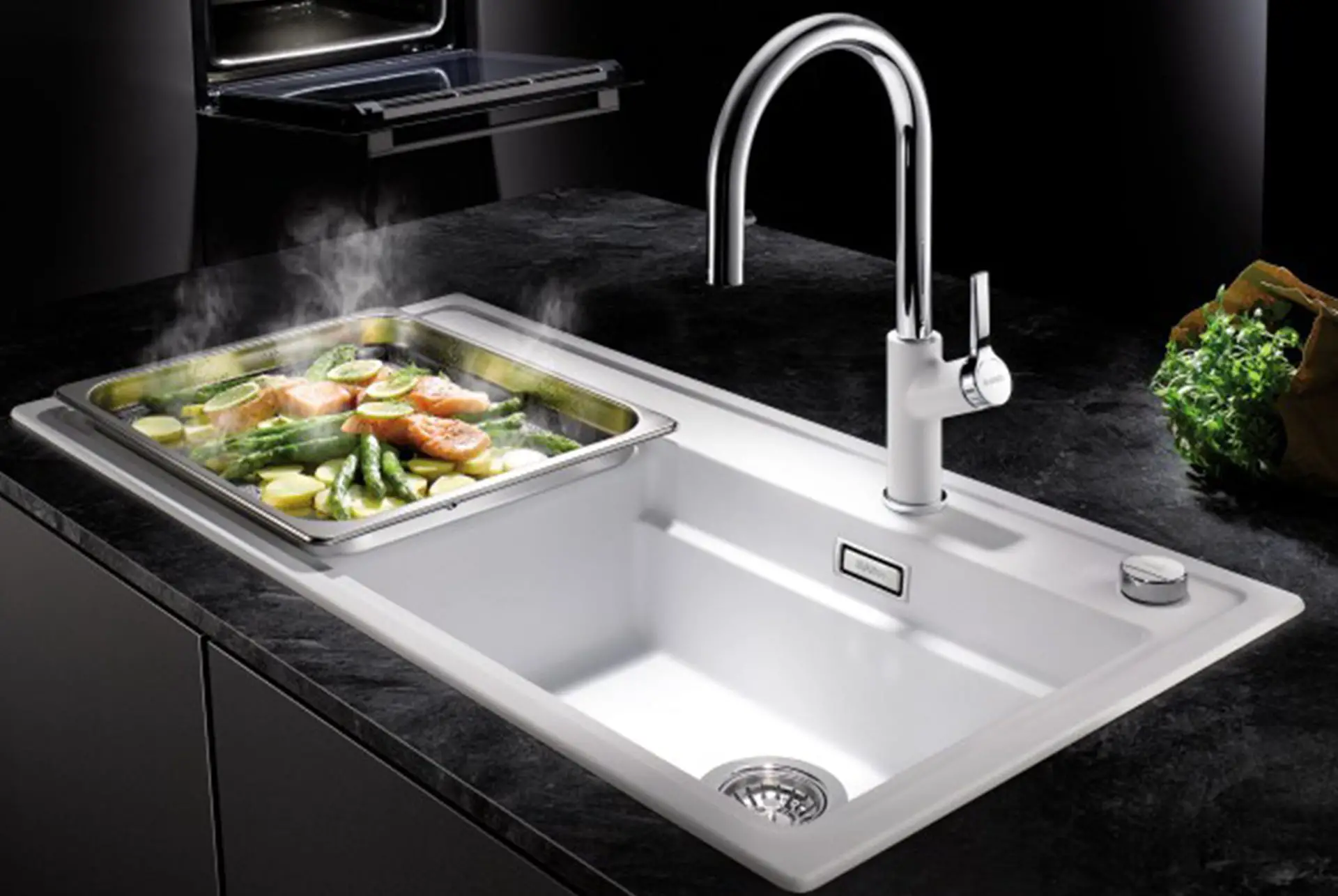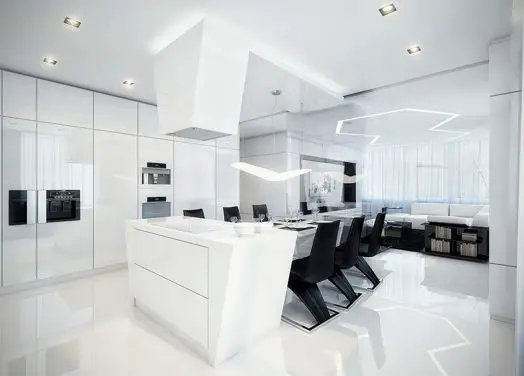Marble has become something of a controversial material when it comes to kitchen design. While it is sometimes considered too fragile to support heavy-duty cooking, the world’s best pastry chefs still swear by marble slabs for achieving the finest results.
Not only praised for its pastry perfection, marble also integrates perfectly with any design wishes, whether you prefer a chic minimalist ambiance or a fun maximalist décor. So, why do pastry chefs use marble, and is it something you should consider for your kitchen at home? Artichoke, a bespoke kitchen designer based in Somerset, answers all your questions.
Why do pastry chefs use marble? The science behind marble surfaces
Unique thermal properties
Cornerstones of pâtisserie, such as puff pastry and pate sablée, are a true art form that require a delicate combination of thorough kneading and temperature control. These doughs are made with large quantities of butter that needs to stay cool; no mean feat considering kneading rapidly warms up the ingredients.
This is the main reason why pastry chefs use marble countertops. Marble boasts a unique thermal ability that allows the surface to stay constantly chilled, even in a kitchen with hot ovens, preventing dough from overheating and ruining the culinary creation in the process. In fact, marble typically remains about 4 degrees cooler than the ambient temperature of the room. Essentially, the dough’s acquired warmth from the kneading shifts to the marble, where it dissipates rather than concentrating in the pastry.
Marble isn’t just great for doughs and traditional baking. Any chocolatier will tell you that chocolate also requires very specific conditions to obtain the gloss, silkiness and texture needed. Therefore marble is the preferred material to temper – the technique to achieve perfect chocolate – due to its cool temperature.
Extra smooth surface
Marble’s super-smooth texture is another reason why pastry chefs use marble, alongside other chefs who require fine detail. Pastry experts can attest to the fact that the slightest uneven surface can ruin their creations, so the fact that marble allows for easy kneading is an added bonus. The countertops are also fantastic surfaces to concoct glossy chocolate desserts, as well as working with caramels and candies. Marble allows chefs to spread out their mixtures safely to create delicious slabs of goodness, ensuring no lumps or air bubbles mess up the process.
Stunning visual appeal
Why pastry chefs use marble boils down to practicality that may or may not apply to your lifestyle, but it ignores another fantastic reason to add marble to your bespoke kitchen; its aesthetic value.
As one of the most social rooms in the home, where you will likely host a number of sophisticated soirees and casual dinner parties, a marble countertop is a beautiful talking piece, likely to draw attention from many different sources.
Marble is a crystalline form of limestone that gives kitchens an elegant and refined look that has lasting appeal. This elegant stone is sourced from around the world, including Spain, India, Greece, and India. However the best marble is considered to come from Italy, where Carrara marble is quarried from the Apuan Alps in northern Tuscany. While marble comes in several colours, classic white and soft cream hues with a soft translucency remain a classic that enhances a range of colourways and looks exquisite in both period homes and modern properties.
Thassos, Calacatta Oro, and Statuary marble are amongst some of the most prized marbles. However, it is Italy’s Carrara marble that takes the crown as the most sought-after. This luxurious stone has stood the test of time and is now a popular choice for those with period homes. The choice of marble during the Georgian and Edwardian eras, Carrara has understated veining that makes it luxurious without being opulent. Indeed, Carrara can be found in some of England’s finest homes, including Chatsworth House, a spectacular period property that is home to the Duke and Duchess of Devonshire.
Another aesthetic appeal of marble is that over the years it develops a unique patina. This subtle change in colour is due to oxidation and results in a beautifully aged look that only enhances its timeless beauty. Finally, marble’s relative softness also enables it to be carved, enabling craftsmen to create stunning areas of detail and beautiful softly rolled edges.
Should you use marble in your kitchen?
Some homeowners fear that marble’s fragility may not be the most practical option for their family’s needs. However, it need not dominate your entire kitchen. The resurgence of traditional, period-era cook’s tables and islands with marble tops offers the ideal alternative to all-marble chunky islands.
These beautiful tables can even be designed with only a section, rather than a whole surface, of marble. This ensures you get maximum functionality with a variety of wooden (perfect for bread making), stone or marbled tops, while benefiting from the pure beauty of this material.
Marble enhances a kitchen’s performance and aesthetics without compromising architectural integrity – a great choice for professional and family kitchens alike. Follow Artichoke on Instagram for more beautiful examples of period-inspired kitchens.

